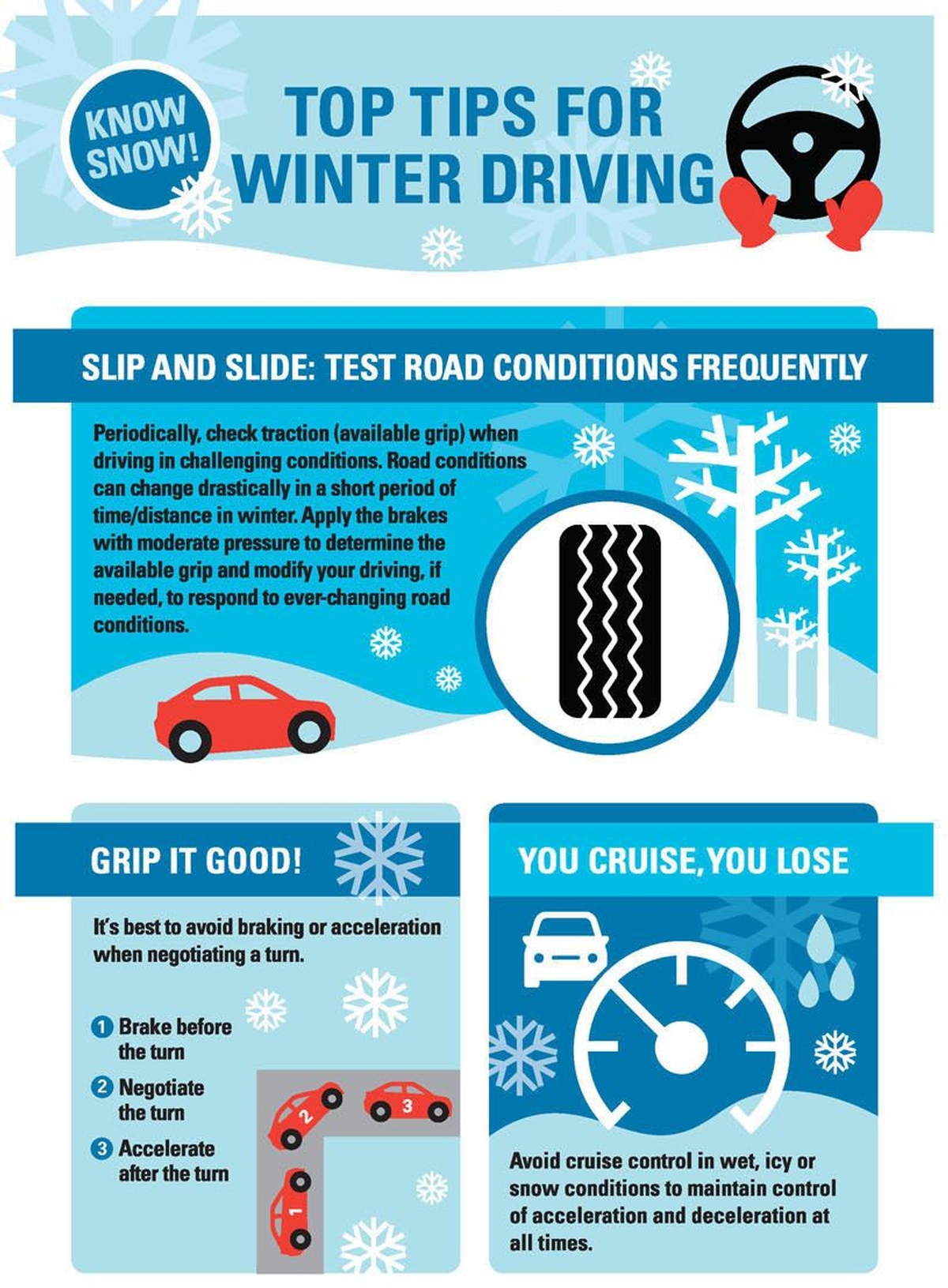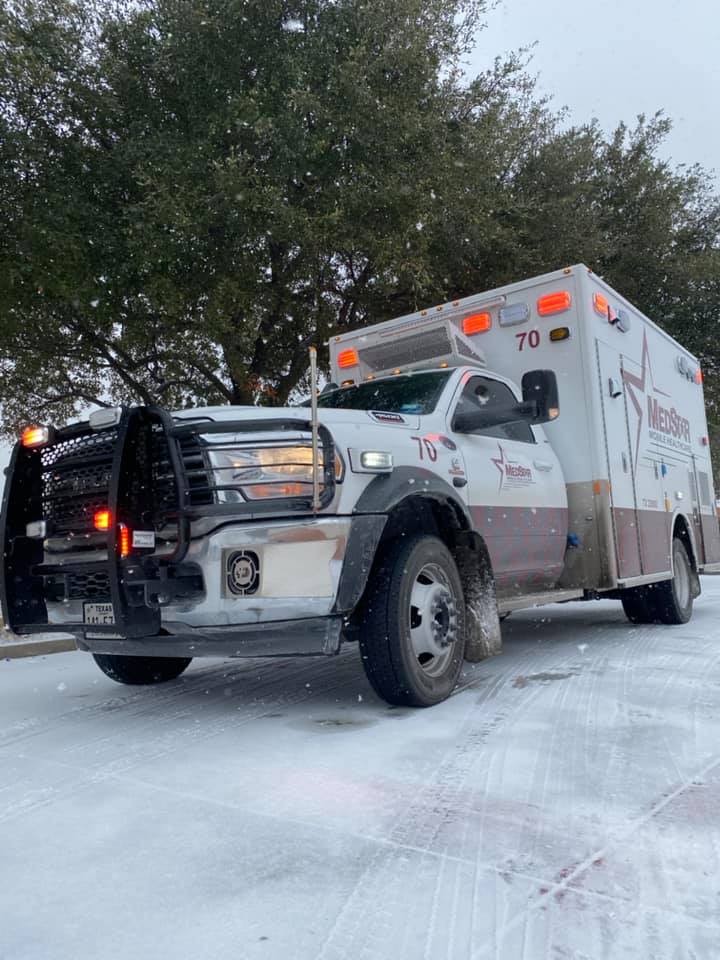2/3/23, 5a Update:
A very rough overnight and early morning for MedStar and other First Response agencies!
The roads are probably the worst we’ve seen yet due to the overnight freeze, and these stats reflect that!
50 crashes with injuries between 6p last night and 5a this morning.
For comparison, between midnight and 6p yesterday, we responded to 17 crashes with injuries!
—————–
Between 18:00 2/2 and 06:00 2/3
- 50 MVC’s with injuries
- 6 rollover crashes
- 17 transports
- 1 hypothermia patients
- 0 transported to area hospitals, 1 serious
- 5 patients injured in falls from slips on the ice
Rolling Totals from the storm:
- 251 MVC’s with injuries since 5a 1/30/23
- 27 rollover crashes
- 75 transports
- 25 hypothermia patients
- 21 transported to area hospitals, 11 serious
- 52 patients injured in falls from slips on the ice
MedStar continues suspension of the use of lights and siren responses. This is out of an abundance of caution to prevent crashes as motorists attempt to move out of the way of responding ambulances and to prevent ambulance crashes on the way to calls while the roads are very treacherous. An ambulance that does not arrive on the scene of an emergency is not able to help patients! It’s better, and safer, to respond a little slower, assure we arrive, and don’t cause any injuries on the way to the call.
We continue to urge people to follow the recommendations below to help remain safe during the winter storm.
———————————
Have a winter weather plan which includes:
- Making sure that you have important phone numbers, including for your health care providers, pharmacy, and veterinarian.
- Assuring you have enough medication for several days on hand.
- If you rely on medical devices in your home, having a back-up plan in case you lose power for an extended period, such as a back-up generator or battery pack and back-up oxygen bottles.
- Having a communication plan for your family.
- Knowing how to get reliable information during the storm.
- Gathering supplies in case you need to stay home for several days without power.
Avoid Carbon Monoxide
- Carbon monoxide is an odorless, colorless gas that is poisonous to breathe. Operate all gasoline-powered devices, such as gas-powered generators and heaters outdoors and never bring them indoors.
- Also be careful when using other alternate heating sources such as stoves or grills.
If you must travel, be sure you have an emergency car kit with some basic supplies like:
- An ice scraper
- A shovel
- Cat litter or sand for better tire traction
- Water and snacks
- Extra warm clothing
- Jumper cables
- First aid kit with any necessary medicines and a pocketknife
- A battery-powered radio, a flashlight, and extra batteries
- Emergency flares or distress flags
- Waterproof matches and a can to melt snow for water
Lower Your Risk of Frostbite and Hypothermia
When exposed to cold temperatures, your body begins to lose heat faster than it can be produced. Follow the advice below to avoid cold-weather health problems such as frostbite and hypothermia:
- Wear cold weather appropriate clothing such as gloves/mittens, hats, scarves, and snow boots.
- Dress in several layers of loose-fitting clothing and cover your face and mouth if possible.
- Be aware of the wind chill factor. Wind can cause body-heat loss.
- Stay dry, and if you become wet, remove wet clothing immediately.
- Limit your time outdoors.
- Do not ignore shivering. It’s an important first sign that the body is losing heat. Persistent shivering is a signal to return indoors.
Signs and Symptoms of Hypothermia
Hypothermia symptoms for adults include:
- Shivering, which may stop as hypothermia progresses (shivering is actually a good sign that a person’s heat regulation systems are still active.)
- Slow, shallow breathing
- Confusion and memory loss
- Drowsiness or exhaustion
- Slurred or mumbled speech
- Loss of coordination, fumbling hands, stumbling steps
- A slow, weak pulse
- In severe hypothermia, a person may be unconscious without obvious signs of breathing or a pulse
Avoid Exertion
Cold weather puts an extra strain on the heart. If you have heart disease or high blood pressure, follow your doctor’s advice about performing other hard work in the cold. Otherwise, if you have to do heavy outdoor chores dress warmly and work slowly. Remember, your body is already working hard just to stay warm, so don’t overdo it.
Reduce Risk of Cold Temperature Injuries
People are at risk for developing health problems from working in cold environments.
- Ensure that clothing and boots have adequate insulation.
- Dress in layers to help keep in body heat.
- Take frequent breaks out of the cold.
Check Often on Elderly or Chronically Ill Loved Ones
The elderly or people with chronic illnesses may be at risk for Hypothermia after prolonged exposure to even mildly cool temperatures. Check on older friends or relatives often during cold spells to be sure they are acting normally.
Extreme Weather Response Protocol
When the ‘real feel’ temperature drops below 20 degrees, MedStar increases the priority to EMS calls where a victim is outdoors, in an unprotected area. This is to prevent risk of hypothermia to the patient and first responders.
MedStar is dedicated to meeting the emergency medical needs of the communities we serve, even when the weather turns bad. MedStar joins with the cities we serve to urge residents to be mindful of these recommendations.







